🥵🔥Rising Temperatures, Rising Concerns
Delhi's Climate Change Story🔥🥵
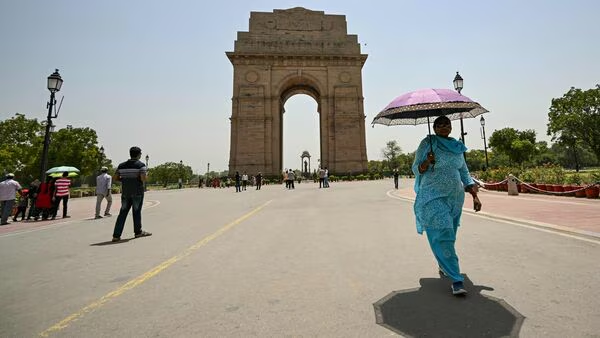
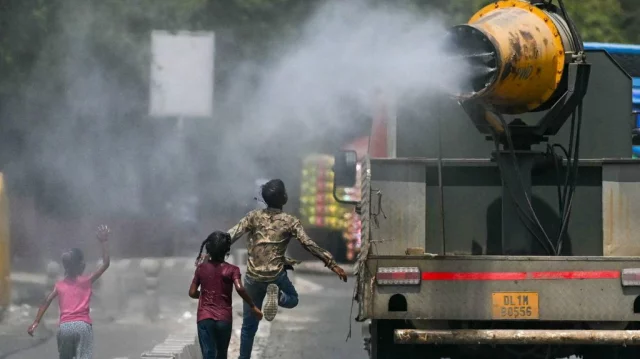
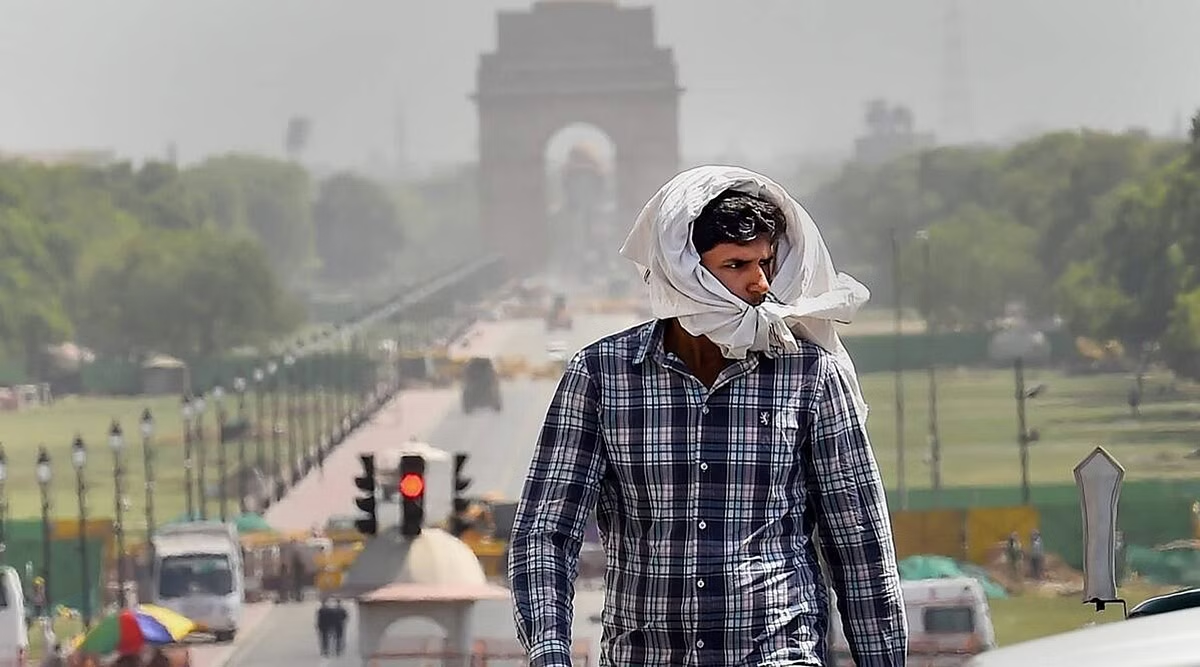
Delhi is currently experiencing a severe heatwave, with temperatures soaring to unprecedented levels. Some areas in the city, such as Najafgarh, Pitampura, and Pusa, have recorded temperatures as high as 49.8°C, surpassing previous records and posing significant health risks. This intense heatwave is attributed to climate change, which has been intensifying extreme weather events globally
The situation has led to widespread impacts, including the closure of all schools until June 30 to protect students from the dangerous heat. Additionally, the high temperatures have resulted in increased demand for electricity, pushing the power grid to its limits.
Overall, the current heatwave in Delhi underscores the broader impacts of climate change and the necessity for improved infrastructure and public awareness to mitigate the effects of such extreme weather events in the future.
Weather Information
💨🏔Effects of Nature🏔💨
In April, there is an initial rise in temperatures as the summer season begins, with Delhi and Jaipur typically exhibiting higher average temperatures compared to other cities. By May, temperatures peak in most cities, with Delhi reaching its highest, showcasing the severity of summer in North India. Although June might see a slight dip in some cities due to the onset of pre-monsoon showers, Delhi and Jaipur continue to record high temperatures. Delhi consistently shows the highest average temperatures, indicating its susceptibility to extreme summer heat. The temperature trends highlight the intense heat experienced in these cities, with Delhi and Jaipur being particularly hot.
In April, wind speeds are moderate, with some variability across cities. In May, there is a noticeable increase in wind speeds, especially in Delhi and Jaipur, likely due to the heat generating stronger wind currents. By June, wind speeds generally increase further as the monsoon season approaches, with Lucknow and Amritsar showing significant increases. Wind speeds tend to rise with the increasing heat of summer, peaking just before the monsoon season. Higher wind speeds in June might be due to pre-monsoon winds, which help in reducing the extreme heat temporarily.
In April, lower humidity levels with moderate wind speeds are observed, with Delhi and Jaipur having the lowest humidity. In May, humidity starts to rise slightly but remains relatively low compared to June. Wind speed increases, especially in Delhi. By June, there is a significant increase in humidity as the monsoon season approaches, particularly in Lucknow and Amritsar. Wind speeds also show variability, with thicker lines indicating higher speeds. There is an inverse relationship between humidity and temperature, especially noticeable in the transition from May to June when humidity increases and wind speed peaks before the monsoon. The increased thickness of the lines in June indicates stronger wind speeds, which are typical just before the onset of the monsoon rains. As wind speeds increase, humidity levels tend to decrease, supporting the hypothesis of an inverse relationship.
.jpg)
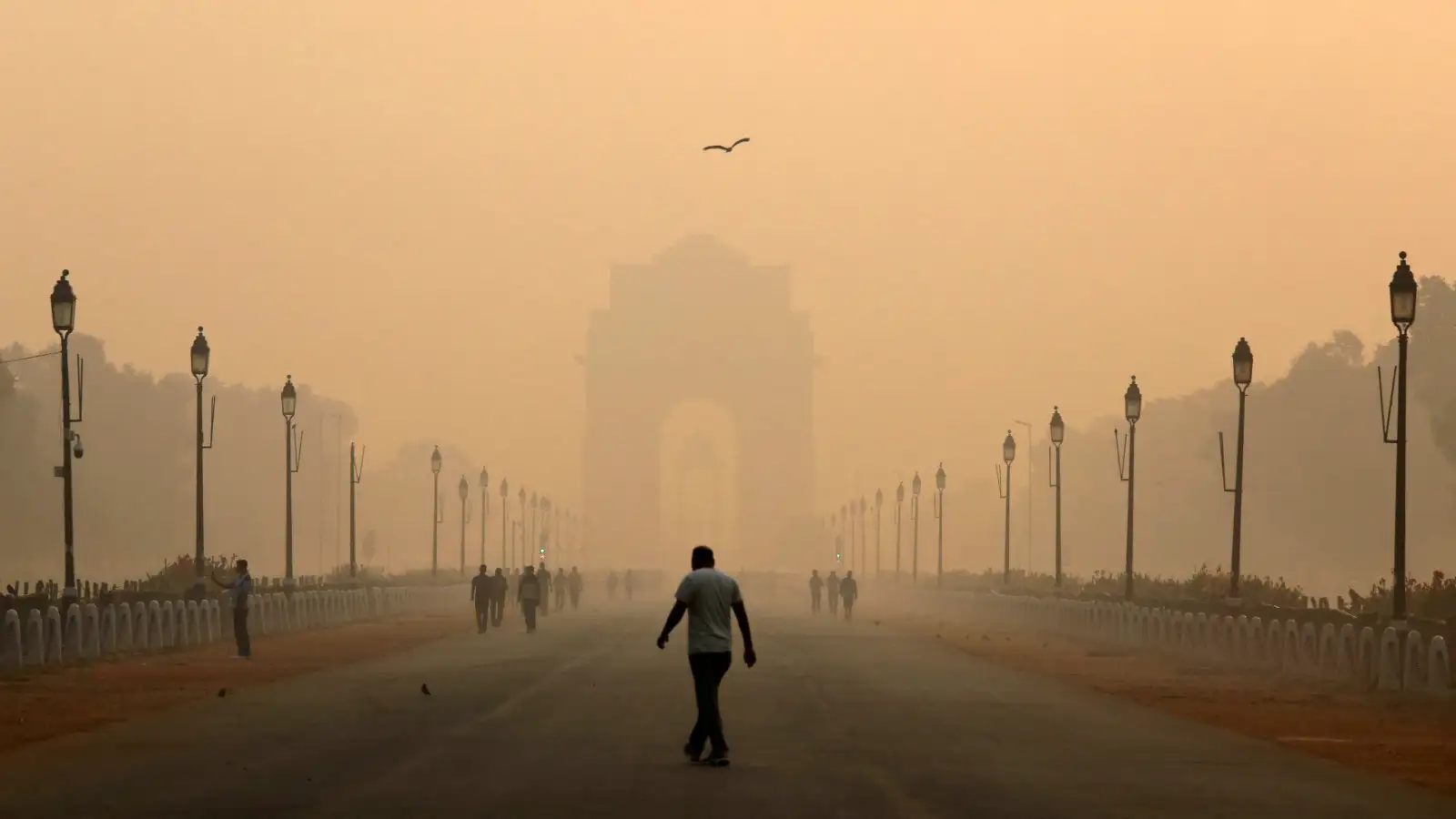
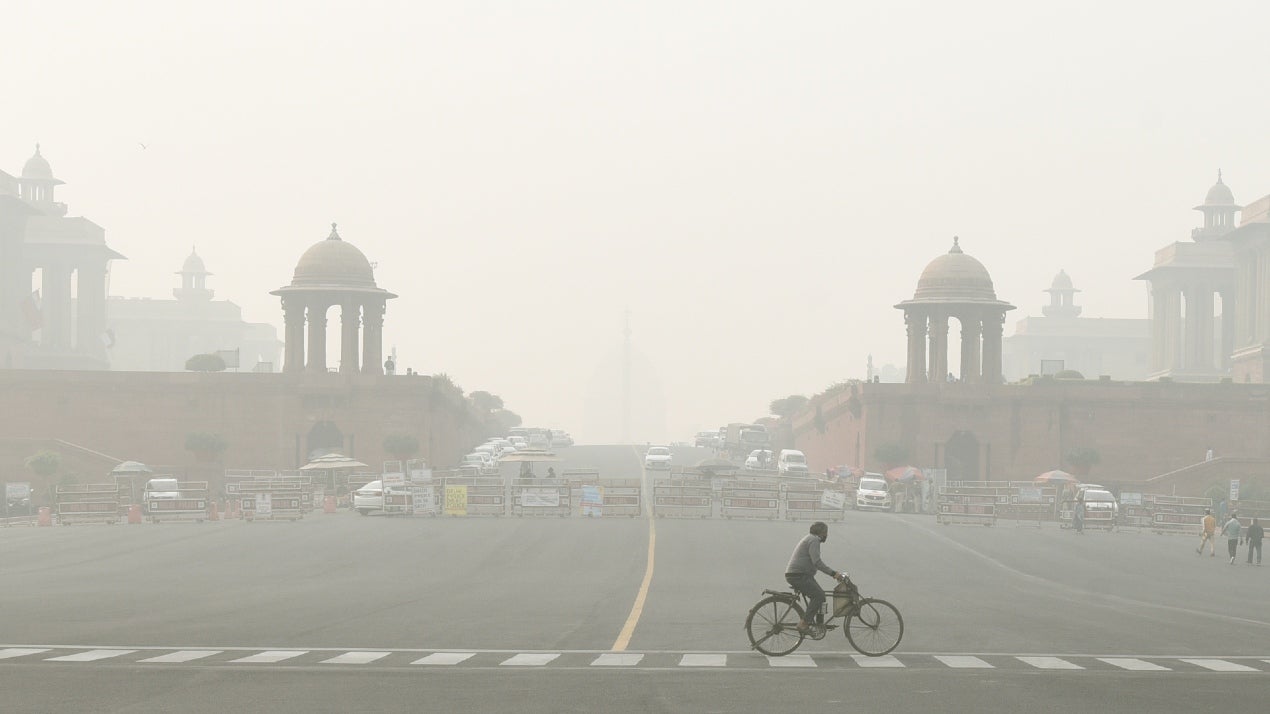
🏭🚕Effects of Pollution🚕🏭
India's Air Quality Index (AQI) is a vital tool for measuring and reporting air quality across the country, providing clear information on the level of air pollution and its potential health impacts. The AQI is designed to give citizens an easy-to-understand indicator of how polluted the air is and what health effects might be a concern for them.
Air quality varies significantly across different regions and cities in India. Urban areas, particularly Delhi, Mumbai, Kolkata, and Bangalore, frequently experience higher pollution levels due to dense traffic, industrial activities, and population density. Northern India, including Delhi and surrounding regions, often suffers from severe air pollution, especially in winter, due to agricultural stubble burning in states like Punjab and Haryana.
From 2019 to 2024, the plot highlights distinct seasonal fluctuations in the concentrations of CO, PM10, and PM2.5. Typically, there is a noticeable increase in these pollutants during the winter months, particularly from November to January. This trend can be attributed to factors such as increased heating activities, lower temperatures causing thermal inversion, and stagnant air conditions that trap pollutants close to the ground. Conversely, the summer months generally show lower levels of these pollutants, likely due to better dispersion conditions and increased rainfall which helps to clear the air.
The levels of CO demonstrate a relatively stable pattern with occasional peaks in the winter months. These peaks are indicative of increased vehicular emissions and the use of heating appliances. The overall trend suggests that despite year-to-year variations, CO levels remain a significant concern during colder months.
Both PM10 and PM2.5 follow a similar seasonal pattern, with higher concentrations observed in the winter. PM2.5, being finer, often shows more pronounced peaks, reflecting its ability to remain suspended in the air for longer periods and penetrate deeper into the respiratory system. The data from 2019 to 2024 indicates that while there have been efforts to mitigate particulate pollution, the winter months still pose significant challenges for air quality.
Continuous monitoring and adaptive measures are essential to sustain the observed improvements and further enhance air quality throughout the year.
🔥Stubble burning🔥
Stubble burning in Punjab significantly contributes to Delhi's high temperatures and pollution levels, particularly during the post-harvest season in October and November. This practice involves setting fire to the leftover crop residue after the harvest of paddy fields, which releases a large amount of smoke and particulate matter into the atmosphere. The effects of this practice are multifaceted and have severe implications for both the environment and public health in Delhi.
Stubble burning releases a high concentration of pollutants, including particulate matter (PM2.5 and PM10), carbon monoxide (CO), nitrogen oxides (NOx), and volatile organic compounds (VOCs). These pollutants are carried by the wind from Punjab to Delhi, leading to a significant deterioration in air quality.
The smoke from stubble burning contributes to the greenhouse effect, trapping heat in the atmosphere and leading to higher temperatures. This phenomenon exacerbates the urban heat island effect in Delhi, where the city's dense infrastructure and human activities already contribute to elevated temperatures compared to surrounding rural areas. The combination of increased air pollution and higher temperatures can create a feedback loop, where the heat intensifies the impact of pollutants, further worsening air quality and public health outcomes.
In conclusion, stubble burning in Punjab has a significant and detrimental impact on Delhi's air quality and temperature, contributing to severe pollution and health crises. Addressing this issue requires a multifaceted approach that includes technological, economic, and policy-driven solutions to promote sustainable agricultural practices and protect public health.